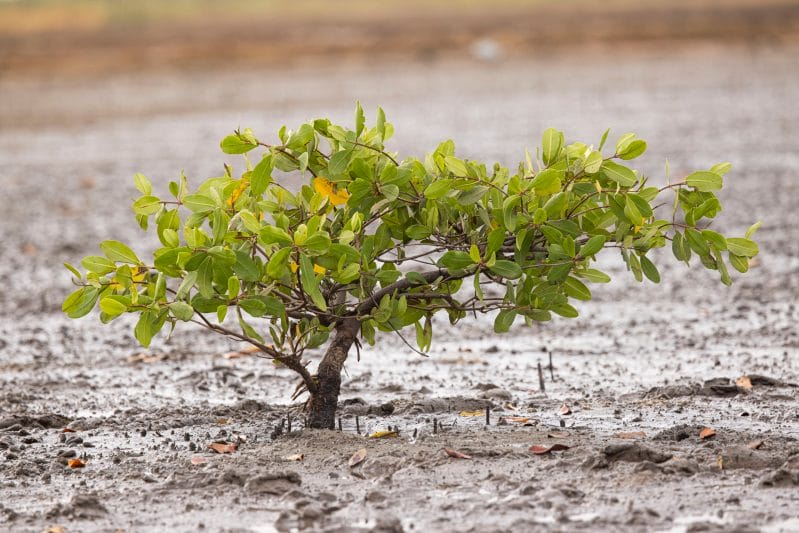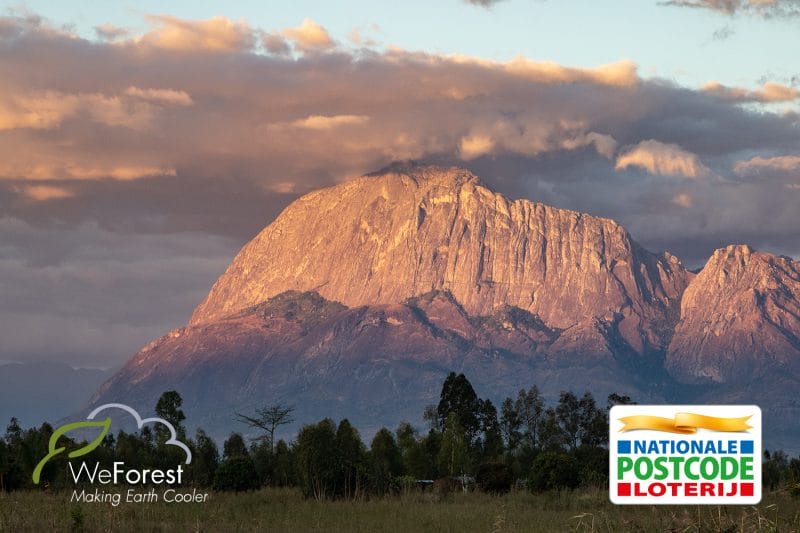The Pyrus pashia or the Wild Himalayan pear is native to southern Asia. The tree can grow up to 10 meters high and the wild variant generally lives for about 20 years. Its white flowers have petals of 1 to 7 centimeters and it caries oval-shaped pears.
Multiple uses
The Wild Himalayan pear is smaller and more brownish of color than other cultivated pears. Moreover, it tastes quite sour which explains why they are used to make pickles in northeastern India. Locals also use the juice of the fruit to treat people with diarrhea and animals with pink eye. In the latter, they put the juice in the eye of the diseased.
Overharvested
While Pyrus pashia used to be found in abundance in the forests, the tree is now overexploited due to the introduction of grafting techniques: it is used as a rootstock to graft more commercial fruit varieties. This means that young trees are being overharvested and the Wild Himalayan pear has become rarer as there are fewer trees that are able to reach the maturity needed for fruit production and reproductive purposes. If the Pyrus pashia is lost, the locally made pickled pears and other products made from the tree will be lost as well…















